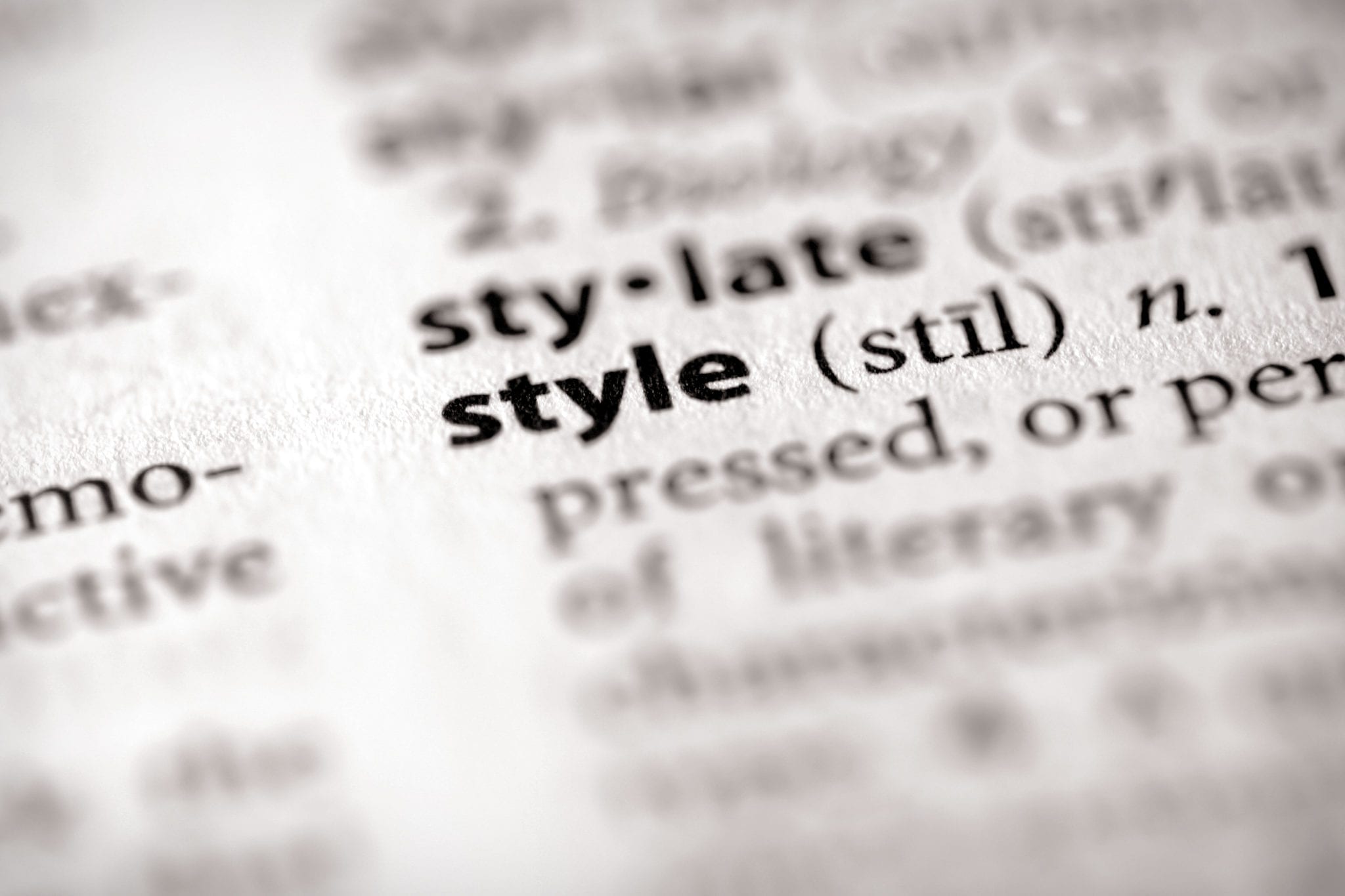Men’s Style Glossary: Know your Menswear Fashion Terminology

Data from IBIS World shows that the average annual sales for menswear grew by 17.4% between 2010 and 2015, which could indicate that men are dressing better now than they did in the past (and that men are willing to invest a bit more in a high-quality wardrobe).
But that doesn’t always mean that the male consumer can actually identify the features on the clothing they buy or have adjusted by their local tailor.
If you’re interested in adding some bespoke or tailored clothing to your wardrobe or are planning on having alterations performed, it will help to become a bit more familiar with menswear terminology. To that end, we’ve put together a handy glossary for you to consult when you’re in a pinch.
- Balanced Jacket
- In made to measure clothing, having this type of jacket involves adjusting the front and back lengths to take the wearer’s build and posture into account, creating a custom fit.
- Bespoke
- A garment that is custom-made from the start, rather than altered or customized later in the process. Bespoke garments are made with individual patterns created to fit a wearer’s measurements, created with the fabric and finishings of their choosing, and then fitted.
- Break
- A feature of men’s dress pants that refers to the amount of pant leg that folds over where it meets the wearer’s shoes. Having no break refers to a completely straight leg, whereas having a full break will have a more emphasized crease.
- Collar
- Often constructed from a separate fabric from the rest of a dress shirt, the collar is the very top portion that encircles the neck. There are several different types of collar styles, each with its own ideal occasion for wear and each designed to look best on a specific facial profile.
- Cuffs
- The very end of a dress shirt sleeve consisting of a folded-over portion or separate band. While the finest men’s dress shirts may feature French cuffs, more casual shirts may have a simple barrel cuff with one or two buttons. The cuffs can be angled, rounded or square.
- Double-Breasted
- A style of suit coat or blazer that features wide front flaps that overlap, as well as two columns of buttons. Generally thought to be a more formal type of suit jacket.
- Haberdasher
- Though a haberdasher was initially a peddler, its common meaning is a men’s outfitter who deals in men’s clothing and accessories.
- Lapel
- The turned-down part of a suit coat or jacket that connects to the collar and forms a “V” shape. There are several different types of lapels ranging from informal to black tie.
- Lining
- The interior portion of a suit jacket or cold-weather coat. May be made of bold, contrasting colors or patterns. Unlined jackets are actually more expensive since it requires more skill to create a jacket interior that is finished and that’s pleasing to the eye. That said, linings can also be a symbol of class. There are also half-lined jackets, which feature no lining in the bottom half.
- Made to Measure
- Whereas a bespoke garment is made from scratch (including the pattern), made to measure dress pants, jackets, and shirts are created using an existing base pattern, which is then customized according to the client’s measurements and desires. A good middle-of-the-road option between buying off-the-rack and going for bespoke.
- Nested Suit
- Refers to a suit in which the dress pants and jacket are sold together a set with a specific “drop” in size from the jacket chest to the waist. May include a vest.
- Pleats
- A term referring to folds of fabric (often in dress pants) that are made by doubling the material over on itself to add volume and visual interest.
- Single-Breasted
- A less formal style of jacket that features a narrow lapel overlap and a single row of buttons on the right-hand side.
- Slacks
- Less formal and untailored dress pants, typically purchased off-the-rack.
- Trousers
- Another word for tailored dress pants, usually featuring belt loops, a fly front, and a constructed waistband.
- Vents
- The back slit portion of a suit jacket that allows for freedom of movement and formality of silhouette.
- Yoke
- The section of a men’s dress shirt that connects the shoulders to the rest of the garment. Different types of yokes offer better movement vs. a more tailored appearance.
Next time you go to meet with your tailor, give this glossary a glance. It should help you figure out which features you’re drawn to and how to properly communicate with a tailor during a fitting. The more you know, the more satisfied you’ll be with the final result. Remember, not all styles are suited for every individual’s build. Let the experts suggest what might look best on your body type.

